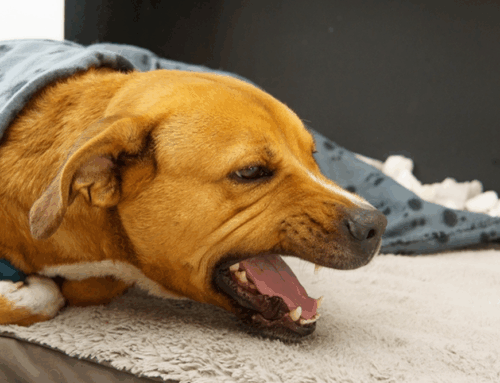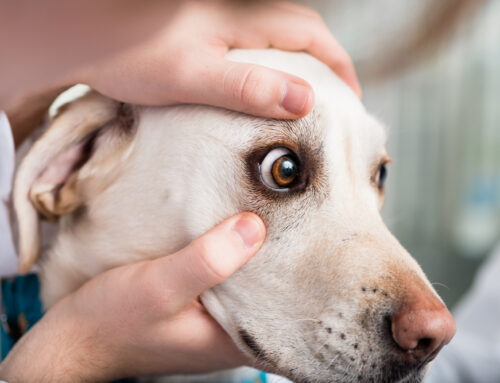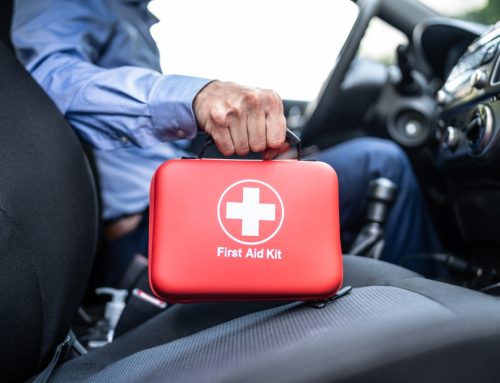Heat stroke can affect your pets in the same way it can affect you. This condition occurs when your pet’s internal body temperature reaches dangerously high levels — generally about 106 degrees Fahrenheit. If you want to learn how to spot early signs of heat stroke in pets and how to prevent it in the future, here’s what you need to know.
Why Is Knowing About Heat Stroke in Pets Important?
Heat stroke is a dangerous condition, especially when it occurs in pets. Animals have a harder time telling us when there’s a problem like overheating. Without timely intervention, heat stroke in pets can be deadly. Understanding the warning signs, how to prevent heat stroke, and what to do if your pet is suffering from heat stroke is important to keeping your pet happy and healthy.
Signs of Heat Stroke in Pets
If you want to keep your pet safe and healthy when it’s hot outside, it’s crucial to understand the warning signs that they’re suffering from heat stroke. Some of the most common signs of heat stroke in dogs include:
- Heavy panting
- Rapid pulse
- Bright or dark red gums and tongue
- Excessive drooling
- Excessive thirst
- Lack of coordination
- Glazed eyes
- Vomiting
- Lethargy
- Seizures
Steps to Take if Your Pet Is Experiencing Heat Stroke
The first thing you need to do if your pet is showing signs of heat stroke is attempt to lower your pet’s body temperature. You can do this by moving them to a cool area, preferably indoors. You can also soak your pet with cool water. If you choose this route for cooling your pet down, make sure the water is cool, not ice-cold. Call your local animal hospital as soon as possible once you begin trying to cool your pet down. Cooling procedures need to take place before you bring your pet to the veterinarian. An overheated pet should not be moved until they’re able to cool down a little bit. When their temperature reaches about 103 degrees, you can stop cooling measures and move to your veterinary emergency clinic. Calling your vet or an emergency veterinarian before you get in the car with your pet is critical. This can ensure that the clinic staff is prepared by the time you arrive with your four-legged friend.
How to Prevent Heat Stroke in Pets
Fortunately, it’s possible to prevent heat stroke in pets. There are a few common-sense steps you can take as a pet owner to do so. With the exception of being let outside to relieve themselves, pets should be kept indoors as much as possible on hot, humid days. It’s also a good idea to keep an ice cube or two in their water dish. Doing so will help the water stay cooler for longer on hot days. Make sure you’re limiting any outdoor activity to early mornings and evenings when it’s hot outside. The temperature is mildest during these points in the day, which means it’s safer to take your pet out for a walk or to play. In addition, make sure you’re bringing extra water for your pet when you take them for walks.
Preventing heat stroke in pets is, like bringing them to the vet for twice-yearly checkups, an essential part of keeping them happy and healthy.
At Southern Arizona Veterinary Specialty and Emergency Center we are happy to provide a wide range of veterinary specialty and emergency services. It is important to have a “primary care” veterinarian to keep your new family member healthy and happy with routine vaccinations and health checks. But if you find yourself in the midst of a veterinary emergency, our team of experienced veterinarians is here to help. When it comes to visiting animal hospitals, we understand that the experience can be full of stress and worry, so we aim to make things as simple as possible. For more information, get in touch with one of our experts today.








Leave A Comment